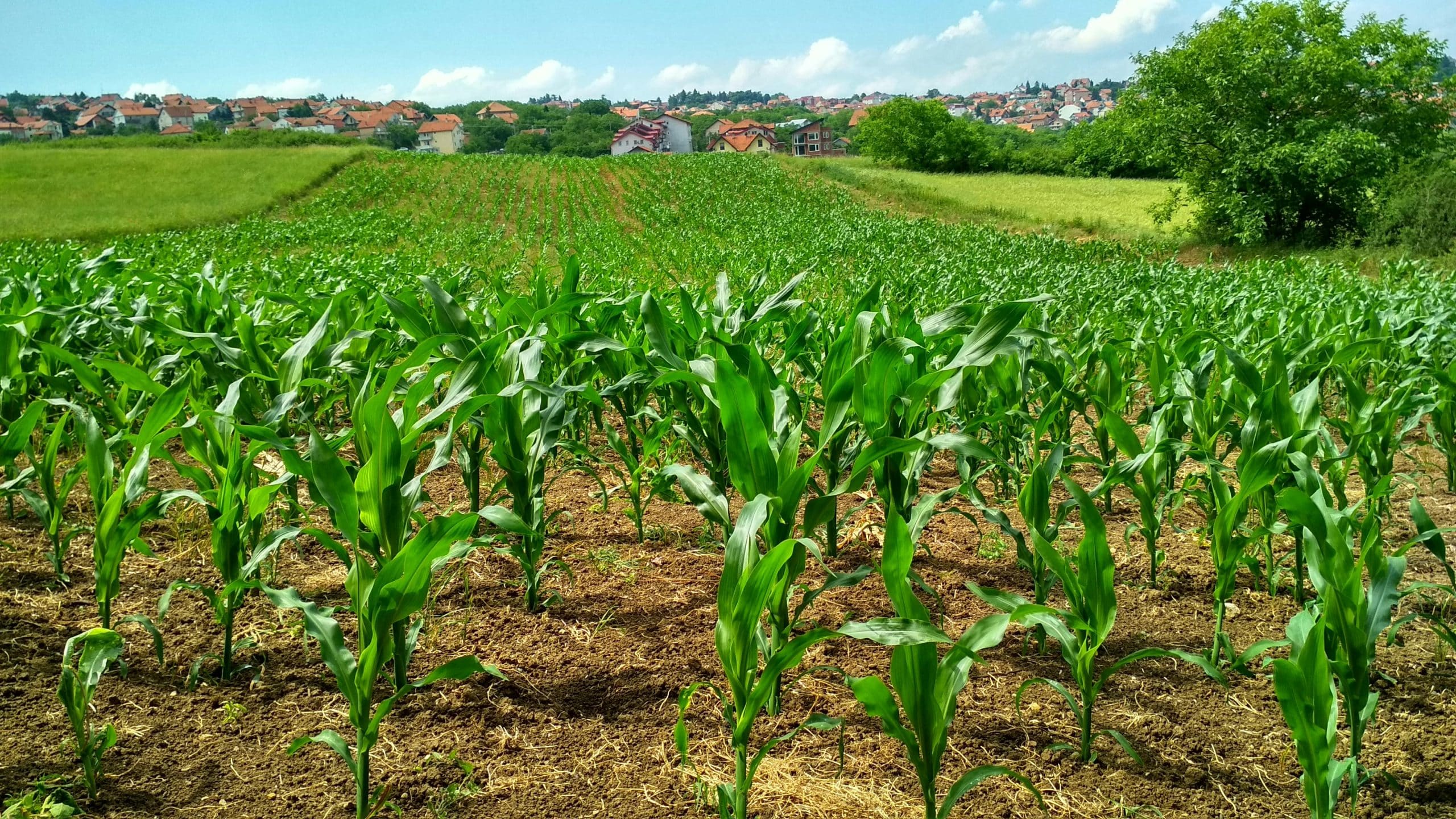What Advances Are Being Made in Soil Sensors for Precision Agriculture?

Welcome, dear readers! If you’ve ever asked yourselves about the impact and advancements of technology in the agriculture sector, especially regarding soil sensors, then you are in for a treat! This article is crafted just for you.
As we all know, agriculture has been a vital part of human civilization since the dawn of time. The modern age, however, has seen a significant transformation in farming practices with the rise of smart technologies. Precision agriculture is one such revolutionizing concept that has taken the farming industry by storm.
In parallel : Can Smart Shoes with Haptic Feedback Improve Navigation for the Blind?
At the heart of precision agriculture lies the intriguing use of soil sensors. These are devices that gather essential data about soil conditions, such as moisture levels, temperature, and nutrient content. By doing so, they help farmers make informed decisions about water and nutrient management, ultimately improving crop yield and reducing environmental impact.
Now, let’s delve into the exciting world of precision agriculture and explore the advancements in soil sensor technology.
Also read : How Is AI Being Used to Enhance the Efficiency of Renewable Energy Grids?
Embracing the Digital Age: Soil Sensors and Precision Agriculture
For starters, precision agriculture is all about increasing efficiency and productivity in farming. It utilizes technological advances to base farming decisions on accurate, real-time data.
One of the prime players in this new-age agricultural style is soil sensor technology. These sensors monitor various soil parameters to provide accurate data that helps farmers manage their fields more effectively. They’ve seen numerous advancements over time, allowing for increased precision and improved decision-making capabilities for farmers.
Soil Moisture Sensors: Ensuring Optimal Water Management
Among the myriad of soil sensors being used in agriculture, soil moisture sensors are particularly noteworthy. As the name suggests, these sensors are designed to accurately measure the water content in the soil.
Water management is a critical aspect of farming. Too much water can lead to problems like root rot, while too little can cause drought stress. Soil moisture sensors enable farmers to track soil moisture levels in real time, allowing them to irrigate their fields precisely when necessary. This not only optimizes water usage but also enhances crop growth and yield.
Advancements in this sensor technology include the integration of wireless communication systems, providing real-time monitoring of soil moisture levels. Furthermore, the advent of cloud-based data storage and management systems allow farmers to access this vital information from anywhere at any time.
Nutrient Sensors: Enhancing Crop Health and Yield
The health and yield of a crop are majorly dependent on the soil’s nutrient content. Nutrient sensors are another type of soil sensor technology that has seen substantial advancements in recent years.
These sensors are designed to measure the concentration of essential nutrients in the soil, such as nitrogen, phosphorus, and potassium. By monitoring these levels, farmers can determine the optimal amount and type of fertilizer to use, thereby promoting healthier crops and higher yields.
Innovations in nutrient sensor technology include the development of portable, handheld sensors that offer instant nutrient readings. Additionally, advancements in data analysis software have made it easier for farmers to interpret the data gathered by these sensors, leading to more accurate and timely nutrient management decisions.
Temperature Sensors: Optimizing Plant Growth Cycles
Temperature is a key factor influencing the growth and development of crops. Soil temperature sensors have been instrumental in monitoring soil temperature, helping farmers optimize planting schedules and manage plant growth cycles.
Recent advancements in soil temperature sensor technology include the incorporation of smart features, such as automatic data logging and remote access capabilities. Moreover, the integration of these sensors with other soil monitoring systems allows for a comprehensive understanding of soil conditions, thus enhancing overall farm management strategies.
Automated Sensor Systems: The Future of Precision Agriculture
The latest trend in soil sensor technology is the development of automated sensor systems. These are networks of sensors that work together to provide a detailed, holistic view of soil conditions across entire fields.
These systems offer several benefits, including the ability to monitor large areas of land with minimal manual intervention, and the capability to collect data at multiple depth levels. This gives farmers a more nuanced understanding of their soil’s condition, allowing for the implementation of more precise and effective farming strategies.
Innovative technologies like machine learning and artificial intelligence are being integrated into these systems, enabling them to analyze soil data more efficiently and accurately. This not only saves time, but also helps farmers make better, data-driven decisions.
From moisture and nutrient sensors to automated sensor systems, soil sensor technology has certainly come a long way. They are redefining the way we approach agriculture, making it more data-driven, efficient, and sustainable. As technology continues to evolve, it’s exciting to envision what the future holds for precision agriculture.
The Impact of Internet of Things (IoT) on Soil Sensors
The Internet of Things (IoT) has revolutionized numerous sectors, and agriculture is no exception. IoT’s impact on soil sensors is remarkable, enhancing precision farming and smart agriculture.
The integration of IoT with soil sensors has resulted in ‘smart’ soil sensors. These sensors are interconnected, capable of transmitting real-time data to a centralized system. Farmers can access this data through their smartphones or computers, making agriculture more accessible and manageable.
These smart sensors collect data about soil moisture, temperature, and nutrient content, among other factors. With this information, they can send alerts to farmers when certain thresholds are exceeded, helping them make prompt, data-driven decisions.
For example, a soil moisture sensor connected to an IoT network can communicate with the irrigation system. When the soil’s moisture levels drop below a set limit, the sensor sends a signal to start the irrigation system, ensuring optimal moisture levels are maintained. This not only saves water but also prevents crop health deterioration due to drought stress.
To further enhance decision-making capabilities, IoT-enabled sensors can be integrated with predictive analytics tools. These tools use historical and real-time data to forecast future soil conditions, enabling farmers to plan their farming practices accordingly.
Moreover, IoT has made remote sensing possible. With this technology, soil sensors can be installed in hard-to-reach areas, such as steep slopes or large fields. This allows farmers to monitor soil conditions in these areas without physically visiting them, saving time and effort.
The Future of Soil Sensors in Precision Agriculture
As we look towards the future, we can expect to see more advancements in soil sensor technology. With the emergence of technologies like machine learning and artificial intelligence, the possibilities for precision agriculture are limitless.
One promising development is the use of nanotechnology in soil sensors. Nanosensors, which are incredibly small and sensitive, can measure minute changes in soil conditions. They can detect the presence of specific bacteria, monitor pH levels, and even identify harmful contaminants. Such precise measurements will undoubtedly enhance crop health and yield further.
Another area of growth is the incorporation of drone technology. Drones equipped with soil sensors can cover large areas swiftly, collecting data about soil conditions at various altitudes. This can provide a more detailed and comprehensive analysis of the soil, aiding in the implementation of more effective farming strategies.
Furthermore, the integration of artificial intelligence (AI) with soil sensor technology offers immense potential. AI can analyze the vast amount of data collected by sensors, identify patterns, and make predictive recommendations. This can help farmers preempt potential issues and make timely, informed decisions.
In conclusion, the advancements in soil sensor technology are dramatically reshaping the agriculture sector. From individual soil moisture, temperature and nutrient sensors to fully automated sensor systems, these technologies are making precision farming a reality. They are helping farmers optimize their resources, enhance crop health and yield, and make data-driven decisions.
As the agriculture market continues to embrace these technologies, we can expect to see a shift towards more sustainable and efficient farming practices. The future indeed looks bright for precision agriculture, and it’s exciting to see what new developments await us in this evolving field.
